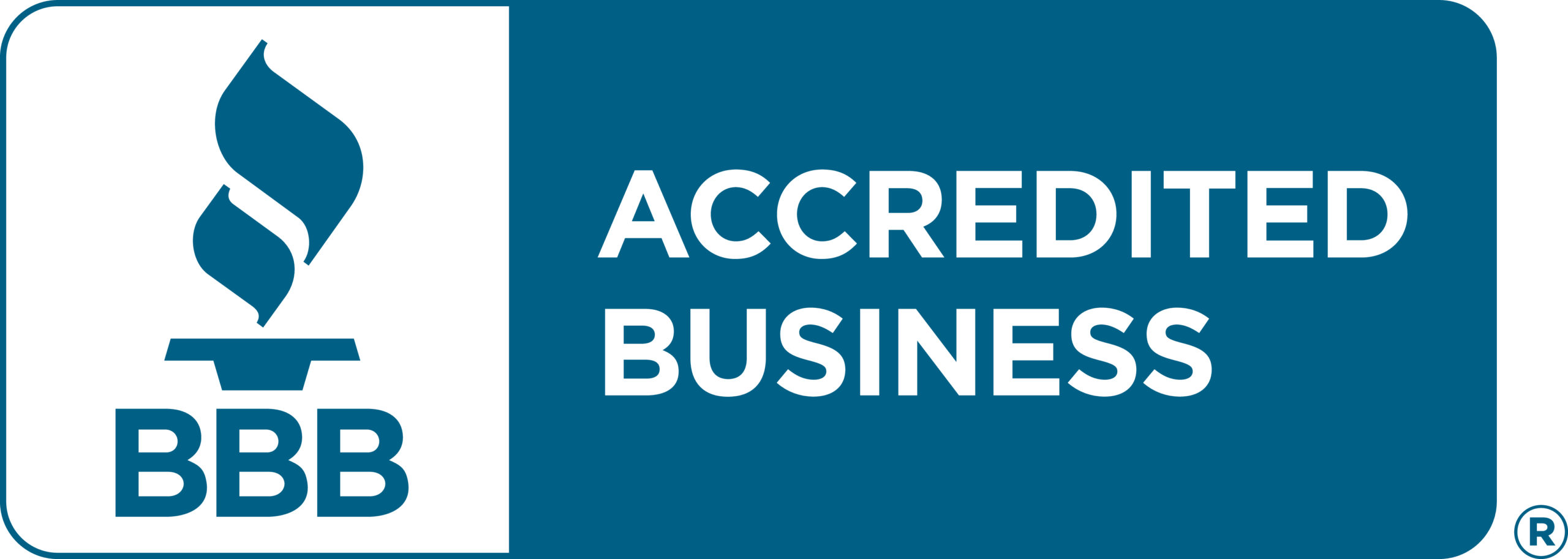When buying, selling and financing real estate you’ve probably heard of the terms “chattel” and “fixture”. These terms refer to different types of personal property and have some big legal differences between them.
Understanding the difference between chattels and fixtures is key during the home buying process as it determines what’s included in the purchase.
A chattel is a movable personal property and not permanently attached to the land. The most common examples of chattels are furniture, dishwashers, dryers etc. and personal items. In Ontario chattels are not included in real estate purchases unless agreed to by the parties. When a buyer buys the property they buy the land or building with the fixtures attached to it unless otherwise specified.
But a fixture is a personal property that is attached or affixed to the land or building in such a way that it becomes part of the real estate property and removal would damage the land or building. One way to determine if a personal property is a fixture or a chattel is to look at the degree of attachment to the land or building. If the item is attached in such a way that it’s part of the property then it’s a fixture.
For example a microwave sitting on a kitchen counter is a chattel as it’s movable and not attached to the property. But if the microwave is built-in or affixed and part of the subject property then it’s a fixture.
Buyers and sellers can agree to include or exclude certain items in their real estate transactions. But determining those items is crucial as the inclusion and exclusion of chattels and fixtures have different implications in purchase and sale agreements. The wording of many Agreements of Purchase and Sale is written to require the parties to specify exactly what chattels are included in the purchase and what fixtures are excluded from the purchase.
If you’re a buyer and an item is important to you then make sure you mention it in the agreement as a chattel to be included. It’s a good idea to describe the item in the agreement if it’s not obvious whether it’s a chattel or fixture.
If you’re a seller and want to remove a fixture then list it in the MLS and make sure the Agreement of Purchase and Sale states the fixture is excluded. Or remove the fixture before selling the property.
So both parties need to know what they want and communicate it to each other.
The distinction between chattels and fixtures is big especially when it comes to financing. When a buyer gets a mortgage to buy a property the mortgage is secured by the property itself including the fixtures. Chattels are not included in the mortgage and may need to be financed separately.
Understanding Chattels and Fixtures
In real estate transactions the terms “chattels” and “fixtures” are used to describe the technical legal position of an item. Chattels are moveable items not attached to the property and fixtures are items attached to the land or building in such a way they become part of the real estate. Knowing the difference between chattels and fixtures is important for ownership and liability during a property transaction. For example knowing if an item is a chattel or a fixture can affect what’s included in the sale and what stays with the seller. This knowledge helps both buyers and sellers avoid misunderstandings and a smoother transaction.
Examples of Chattels and Fixtures
To make it clearer let’s look at some examples. Chattels are personal property that can be removed from the land without causing any damage. Furniture, rugs and small appliances like toasters or microwaves that are not built in are examples of chattels. These are not included in the sale of the property unless agreed to. Fixtures are items that are attached to the property and can’t be removed without causing damage. Built in appliances, light fittings and plumbing fixtures are examples of fixtures. These are part of the property and are included in the sale unless excluded in the agreement.
The Importance of Knowing the Difference
Knowing the difference between chattels and fixtures is key in real estate transactions. If a chattel is missing that was supposed to be included in the sale the buyer can talk to their agent to fix the issue and get the chattel back. But if a fixture is missing it’s a bigger deal. The buyer may be able to cancel the contract and walk away. In some cases disputes over missing chattels or fixtures can be resolved in small claims court. Knowing this helps both buyers and sellers and makes sure everyone is clear on what’s included in the sale.
Resolving Disputes
Chattels and fixtures can be a point of contention in real estate transactions. When they do, the court will look at the intention behind the attachment of the item in question. Documentation or proof that a fixture was removed when it shouldn’t have been can be a big help to a claim. If a fixture or chattel listed in the property contract is missing, the buyer can sue in small claims court. The seller is liable for breach of contract if an item that was supposed to go with the sale is missing. Knowing how to resolve these disputes can help both buyers and sellers protect themselves and get a fair outcome.
If you need assistance in understanding the difference between a chattel and a fixture, contact our real estate lawyer today and see how we can help you!
Get a Free Quote for Your Real Estate Transaction
The information provided above is of a general nature and should not be considered legal advice. Every transaction or circumstance is unique, and obtaining specific legal advice is necessary to address your particular requirements. Therefore, if you have any legal questions, it is recommended that you consult with a lawyer.







